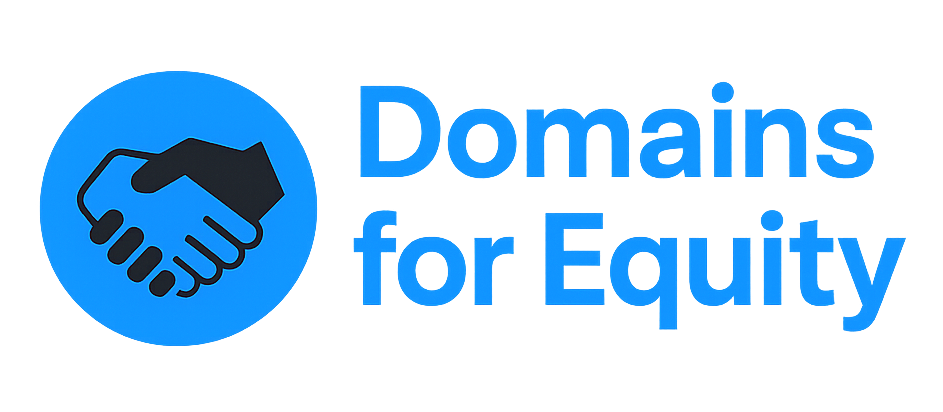In 2006, Aaron Patzer set out to create a personal finance platform that would help people manage money more effectively. Before raising capital, he purchased the domain name MyMint.com for about three thousand dollars of his own savings. The product was promising, but the name lacked the authority that inspires trust in financial software.
The domain name Mint.com was already registered to a New York investment banker who had operated a fund called Mint Investments. He had no reason to sell. Patzer later described the process of acquiring the name as one of the most difficult negotiations of his life, because the conversation had little to do with money and everything to do with perception.
Structuring the Deal
Patzer eventually changed tactics.
“I had my investors talk to him,” Patzer said.
They offered him equity in the company’s Series A funding round rather than a cash payment and assured him that he would be the only New York financier they would let in.
“It was almost an appeal to ego and exclusivity more than it was money,” Patzer explained.
The approach worked. The banker accepted equity worth roughly three percent of the company, valued in the low six figures at the time. When Intuit acquired Mint in 2009 for one hundred seventy million dollars, the stake was worth about eight point one million dollars.
“He made tenfold on his money, and on that part was so pleased with the business and the progress that he actually contributed to the B round and the C round. It was a three month negotiation. It was one of the most difficult negotiations of my life. That is how important branding is to me.” - Aaron Patzer
The outcome converted a fixed-asset negotiation into an equity position that appreciated with company value, demonstrating how aligned incentives can outperform cash-only transactions.
Strategic Impact
Mint launched in September 2007 and gained traction among users and investors. The short, clear name projected confidence in a category built on trust. Customers felt safer connecting their financial data to Mint.com than to unknown competitors.
Noah Kagan, who worked with Patzer during the early phase, remembered doubting the move:
“I was against buying Mint.com. I thought customers would not care. I was wrong. Which would you trust more, Mint.com that sounds like a finance company, or Wesabe.com, our competitor?” - Noah Kagan
The contrast was decisive. Mint attracted users quickly while Wesabe disappeared. As Kagan later reflected:
“Anyone can have a two or three word name. But one word names carry more prestige. Just ask Madonna.” - Noah Kagan
The domain gave Mint credibility that advertising could not buy and created measurable marketing efficiency through organic recall and type-in traffic.
Lessons for Founders and Domain Owners
Equity creates access.
Equity made the deal possible when cash offers failed. Alignment of incentives allowed both parties to win as the company scaled.
Clarity drives financial performance.
A short, trusted domain name increases conversions, lowers customer acquisition cost, and strengthens investor confidence. Those outcomes translate into higher valuation multiples. The Mint.com domain name directly supported fundraising and later boosted the acquisition price by removing risk and friction.
Ownership builds alignment.
The domain owner earned a venture-style return comparable to early shareholders. A digital asset became a growth investment. Hite Capital’s inclusion of anti dilution rights preserved its stake through later rounds, turning a small early registration into a multi-million-dollar outcome. Clear contractual terms and documented protections safeguard value in equity-based transactions.
Names influence enterprise value.
In financial technology and other trust-driven markets, naming directly affects the inputs investors model: CAC, retention, and exit multiples. Strong domain names affect both operating metrics and exit outcomes. Acquirers evaluate domain ownership as part of brand due diligence as it eliminates future liabilities and rebranding costs.
Negotiation carries opportunity cost.
Patzer spent three months closing the deal, a reminder that time and focus are part of the total cost. Founders must weigh urgency against securing favorable terms that preserve equity value and long-term rights.
Outcome
Treating a domain as a capital asset rather than a marketing expense improved every financial measure that mattered. The brand looked credible from launch, attracted investors quickly, and sold to Intuit for a nine-figure valuation.
Dave McClure, one of Mint’s Series A investors, confirmed the scale of the result:
“The price was low six figures in stock. Series A investors made around ten times their money. I know because I was one of them.” - Dave McClure
Founders who trade equity for a Strategic-Grade domain name are not overspending; they are allocating capital toward trust, operating efficiency, and durable brand equity. Domain owners who accept equity in a credible venture are not discounting; they are converting digital assets into growth exposure and long-term enterprise value.
The Mint.com case demonstrates how a Strategic-Grade domain name for equity deal, structured correctly, can produce venture-level returns for both the builder and the holder.
Learn the valuation frameworks and deal mechanics behind trades like Mint.com in the Domains4Equity Guide: How to Value Domains, Structure Deals, and Learn from Case Studies.
Own a Great Domain Name? Or Looking for One to Build On?
DomainsForEquity connects founders, investors, and domain name owners in creative partnerships.
Post a Domain Name or Request a Domain Name - and find the right partner to grow your next big brand.
Noah source of quote: https://www.entrepreneur.com/starting-a-business/why-i-spent-15-million-on-our-domain/288629
Aaron on Mint purchase: https://www.cnet.com/culture/mint-founder-on-branding-keep-it-simple/

